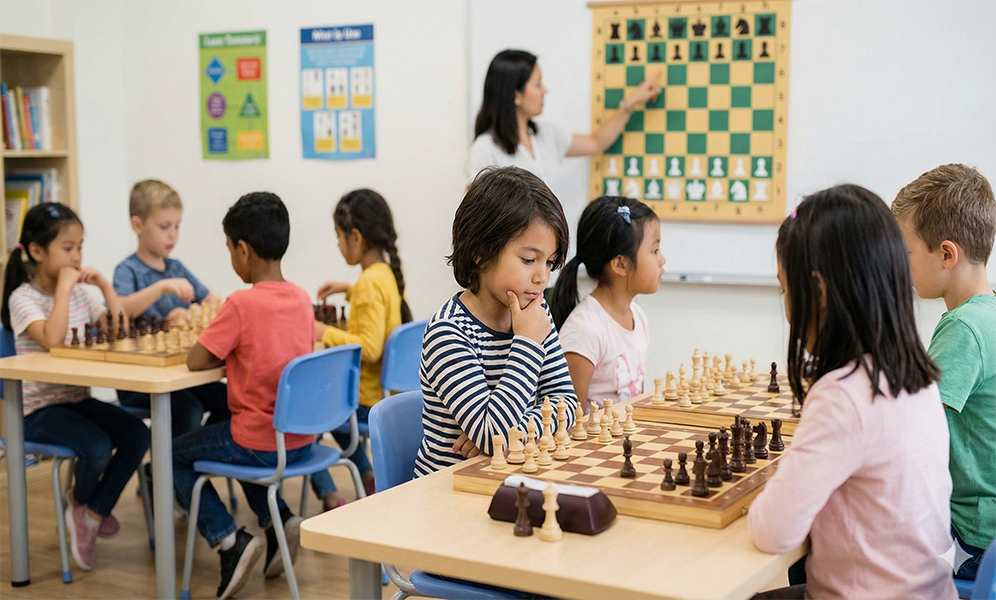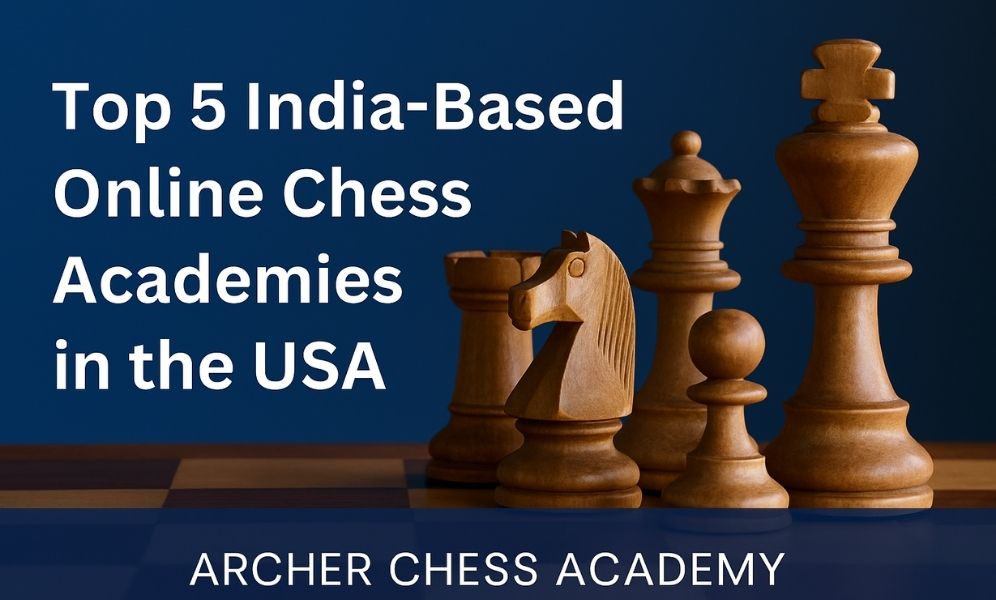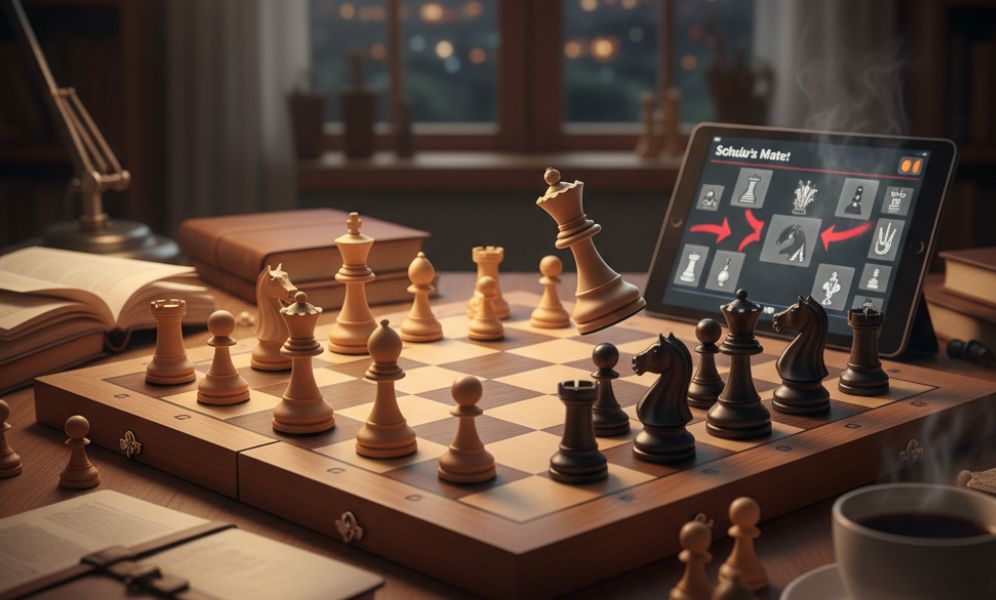The Ultimate Beginner's Guide to Playing Chess
Welcome to the world of chess! Chess is a brilliant game of strategy, tactics, and foresight, played by millions of people worldwide. It may seem intimidating at first, but once you understand the basic rules, you'll open the door to a deeply rewarding hobby. This comprehensive guide will walk you through everything you need to know, from setting up the board to capturing your first piece and winning your first game.
We'll cover the board, the pieces, the special rules, and how a game is won. Let's begin.
The Objective: How to Win a Game of Chess
The single, ultimate goal in chess is to **checkmate** your opponent's King. This means putting the enemy King in a position where it is under attack (in "check") and has no legal way to escape. When you achieve this, you win the game, regardless of how many pieces are left on the board.
Setting Up the Chessboard
Chess is played on an 8x8 grid of 64 alternating light and dark squares. Setting the board up correctly is the first and most crucial step.
- Rule 1: "White on the Right." Position the board so that the bottom-right corner square for each player is a light-colored (white) square.
- The First Rank (The Row Closest to You): This is where your powerful pieces go. From the outside in:
- The Rooks (or Castles) go on the two corner squares.
- The Knights go directly next to the Rooks.
- The Bishops go directly next to the Knights.
- The Queen goes on the remaining square *of her own color*. (The White Queen starts on a white square; the Black Queen starts on a black square).
- The King takes the last empty square on the first rank, right next to the Queen.
- The Second Rank (The Row in Front of Your Pieces): This entire row is filled with your 8 **Pawns**.
Your opponent sets up their pieces in the exact same, mirrored way on their side of the board. By tradition, the player with the White pieces always makes the first move.
The 6 Chess Pieces and How They Move
Understanding how each piece moves is the core of learning chess. Each one is unique.
1. The Pawn
The Pawn is the most numerous piece, but it has the most complex rules of movement.
- Forward Movement: Pawns can only move forward, never backward. On its very first move, a pawn has the *option* to move one square forward OR two squares forward. After it has moved, it can only move one square forward at a time.
- Capturing: This is the tricky part. Pawns do *not* capture in the same way they move. A pawn captures one square *diagonally* forward. It cannot capture a piece that is directly in front of it (it is "blocked" in that case).
2. The Rook (The Castle)
The Rook is a very powerful, long-range piece. It moves in a straight line.
- It can move any number of unoccupied squares horizontally (sideways) or vertically (forwards and backwards).
- It cannot jump over other pieces. If one of your own pieces is in the way, it must stop. If an opponent's piece is in the way, it can capture it by landing on its square.
3. The Knight
The Knight is the most unique piece on the board. Its movement is tricky for beginners to master.
- It moves in an "L" shape: two squares in one direction (horizontal or vertical) and then one square perpendicular to that move.
- The Knight is the **only piece in chess that can jump over other pieces** (both friendly and enemy).
- It captures by landing on an opponent's square at the end of its "L" shaped move. This makes it excellent for surprise attacks.
4. The Bishop
The Bishop is another powerful long-range piece.
- It can move any number of unoccupied squares diagonally.
- Like the Rook, it cannot jump over other pieces.
- You start with two Bishops: one "light-squared" Bishop (which can only ever be on light squares) and one "dark-squared" Bishop (which only ever travels on dark squares).
5. The Queen
The Queen is, by far, the most powerful piece in the game.
- She is a combination of a Rook and a Bishop.
- She can move any number of unoccupied squares in a straight line in any direction: horizontally, vertically, or diagonally.
- Because she is so valuable, you must be careful not to bring her into the game too early where she can be attacked by less valuable enemy pieces.
6. The King
The King is your most important piece, but he is also one of the weakest.
- The King can move one single square in any direction (horizontally, vertically, or diagonally).
- The King's safety is your number one priority.
- A King can never, ever move into a square where it would be attacked by an enemy piece (this is called moving into "check").
3 Special Chess Rules You Must Know
Beyond the basic movements, these three special rules are essential to playing a proper game of chess.
1. Castling
Castling is a fantastic defensive move that does two things at once: it moves your King to safety and brings your Rook into the game. You can only castle if all these conditions are met:
- It must be the King's very first move of the game.
- It must be the Rook's (that you are castling with) very first move of the game.
- There must be no pieces of any color between the King and the Rook.
- The King cannot be in "check".
- The King cannot pass *through* a square that is attacked by an enemy piece.
To castle, you move the King two squares towards the Rook, and then the Rook jumps over the King to the square right next to it.
2. En Passant ("In Passing")
This is a rare and very specific pawn-capture rule. It can only happen immediately after a pawn makes its special two-square starting move.
If your opponent's pawn moves two squares forward and lands directly *beside* one of your pawns (on the same rank), you have the option, on your very next turn only, to capture that pawn "in passing." You do this by moving your pawn diagonally to the square the enemy pawn *would have* landed on if it had only moved one square. If you don't do it on the very next move, the opportunity is lost forever.
3. Pawn Promotion
This is a very exciting rule. If you successfully advance one of your pawns all the way to the other side of the board (the 8th rank for White, or the 1st rank for Black), it gets a promotion!
You can immediately exchange that pawn for any other piece you want (except another King). You will almost always choose a **Queen**, because she is the most powerful. Yes, this means you can have more than one Queen on the board at a time!
How the Game Ends: Check, Checkmate, and Stalemate
- Check: This is the word for when a King is under direct attack by an enemy piece. When you are in check, you *must* legally get out of check on your next move. You cannot ignore it. You have three ways to get out of check:
- Move the King to a safe square.
- Block the check by placing one of your own pieces in the line of attack.
- Capture the piece that is attacking your King.
- Checkmate (You Win!): This is when a King is in "check" and has no legal way to get out of it. The King cannot move, the check cannot be blocked, and the attacking piece cannot be captured. The game is over, and the player who delivered the checkmate wins.
- Stalemate (A Draw): This is a very important and common way for a game to end in a draw. A stalemate happens when it is a player's turn to move, their King is **NOT** in check, but they have **NO legal moves** with *any* of their pieces. The game immediately ends in a draw (a tie).
A game can also end in a draw by agreement (both players agree to a tie), by 50-move rule (if 50 moves pass without a pawn move or a capture), or by threefold repetition (if the exact same board position occurs three times).
Your Chess Journey Begins Now
Congratulations! You now know all the rules needed to play a full game of chess. The journey from here is about practice, recognizing patterns, and learning strategy. Every grandmaster started exactly where you are today, by learning how the pieces move.
The best way to get better is to play, analyze your mistakes, and learn from those who know the game. Good luck, and have fun!









